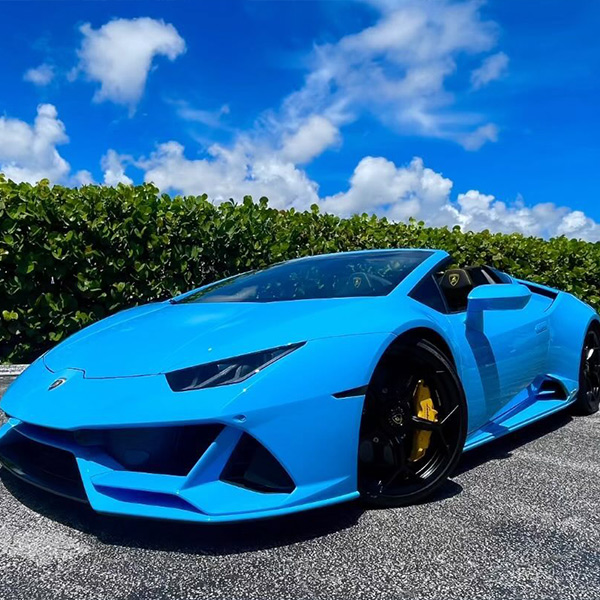
Window Tint Bubbles After Installation: Causes, Prevention

Few things look better on a car than dark, sexy window tint; unfortunately, few things look worse than bubbled window tint. While it’s true that some bubbles are normal after installation and will likely go away on their own over time, some bubbles caused by poor installation or poor quality film may never go away. Here are some things to know about window tint bubbles.
What Causes Window Tint Bubbles?
First, you need to determine if what you’re seeing on the film are water bubbles, air/soap, or contamination. These look the same at first but can be quite different in terms of the steps you need to take to restore your tinted windows.
- Water Bubbles, or “blistering,” is perfectly normal after window tint installation and should go away over time on its own after the film properly cures. You can tell the difference between water and soap bubbles depending on whether they are the same color from both sides of the film. Whitish, soapy residue indicates air/soap bubbles.
- Air/soap bubbles will get smaller after the film has cured, but they will never go away completely and therefore require that you have your windows re-tinted (preferably at the original installer’s expense). These bubbles can develop in the film if the installer did not properly prep and clean the window prior to window film application.
- Dirt and contamination bubbles will get larger as the film cures, which is one way to tell the difference between bubbles causes by air/soap and contamination. Like air/soap bubbles, dirt and contamination bubbles will not go away on their own and, depending on the severity, the window tint should be reapplied.
How to Prevent Window Tint Bubbles
When most people think about window tint bubbles, what they are actually thinking about are blisters. These can look like bubbles at first, but over time these blisters will mushroom out and spread across the entire film. Blisters also take longer to develop than normal bubbles, sometimes developing months or even years after the film was installed. Blistering results when the film’s adhesive fails, which is sped up by the sun’s UV rays.If you live in sunny South Florida, the best way to prevent window tint film blistering is to purchase a major brand name window tint that features a high-temperature adhesive system and superior UV protection capabilities. These kinds of window tint films are usually backed with a guarantee against fading and bubbling.
How to Remove Window Tint Bubbles
If you think you’re only dealing with simple air bubbles, you can easily enough get rid of them on your own using a few simple tools around the house.
- First, prep the window tint film to make it easier to manipulate. To do this, start by warming the window by either parking in the sun for a few hours in the afternoon or using a hair dryer to warm the surface.
- After the window is warm to the touch, lightly mist the film with room temperature water (a spray bottle is a must for this step). Get the window moist but not soaking wet.
- Using a very tiny pin, poke a very small hole in each bubble. Take your time and be careful so as not to rip the film or poke through and scratch the window.
- Reheat the window tint film slightly and use the edge of a credit card (or some other sturdy, straight-edged tool) to gently smooth out the bubbles from the film. Holding the card at about a 45—degree angle, smooth out the film toward the closest window edge.
If you’ve had a bad window tint experience or just want to make sure it goes on right the first time, visit the expert window tint installers at Auto Super Shield. We carry and install the very best window tint film from brand names like 3M, Prestige Film Technologies, and SunTek. Stop by our shop in Boca Raton, contact us online, or call 561-367-0101 to get a quote on tinted windows today.
Related Posts
How can we help you?
We have an incredibly quick turn around time and have staff ready to take your call!
Email us at your convenience.
We'd love to see your vehicle!
We have staff awaiting your call!







